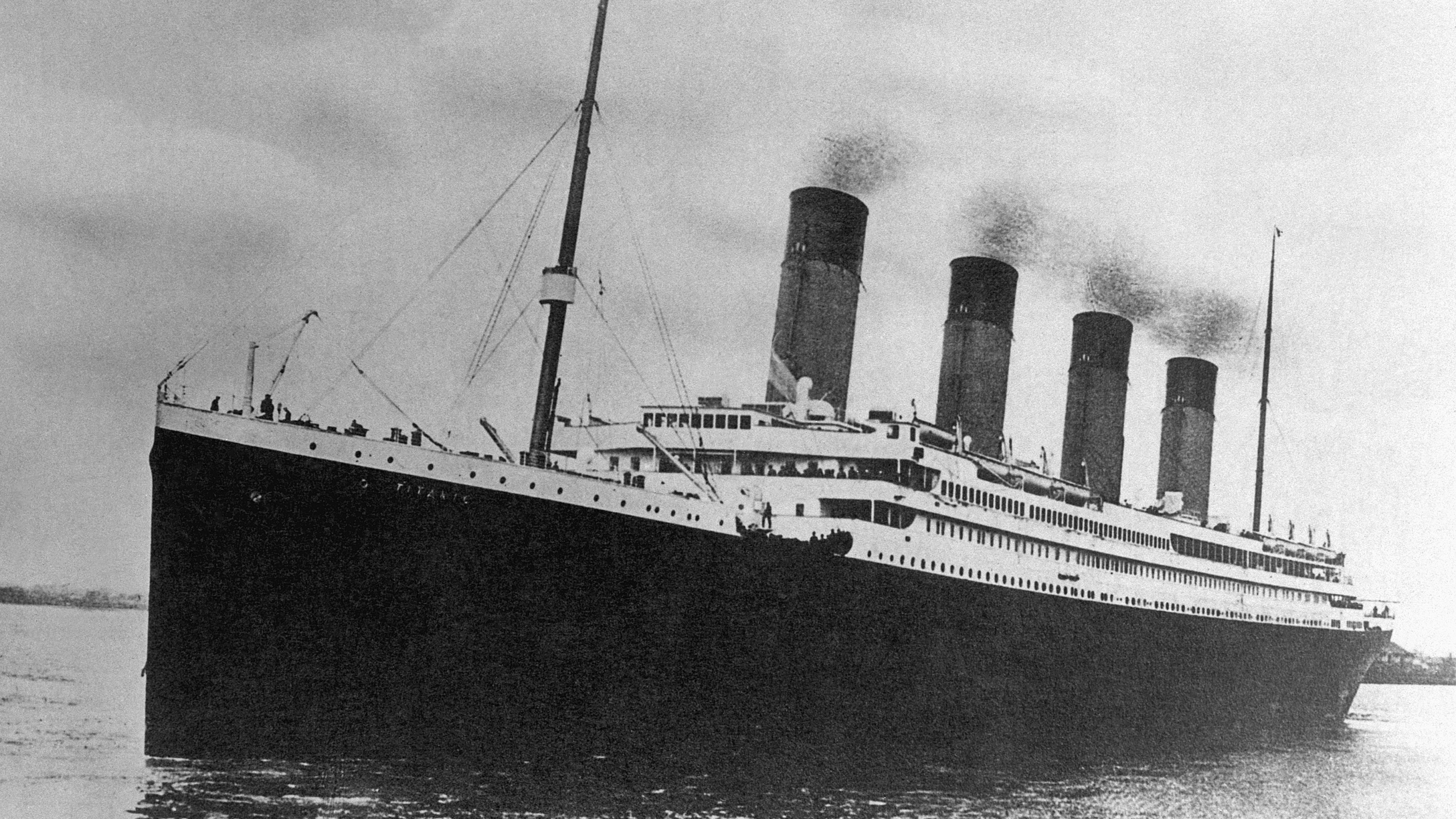
When it set sail in 1912, the Titanic was known as a ship that couldn't sink. Tragically, the ship hit an iceberg on April 15, 1912, and did exactly that. More than 1,500 people lost their lives when the ship vanished under the sea.
No one knew exactly where the Titanic was until the remains of the ship were discovered over 70 years later. It was immediately clear that the ship was essentially being consumed by the sea; layers of rust and iron-eating bacteria were evident.
Now it seems that iron-eating bacteria is doing the job it was put on this planet to do. Halomonas titanicae, the bacteria in question, can eat hundreds of pounds of iron a day, which makes the shipwreck a veritable feast.
In 2010, one of the scientists who co-discovered the bacteria spoke to Time about its impact on the ship. Researcher Henrietta Mann explained that the ship's weight is actually speeding up the deterioration: "If one level deteriorates at the top [of the wreck], it drops to the next one which means it … impacts on the lower levels. Damage is done layer after layer."
She added that while no one can say for sure when the wreck will disappear, in 2010 she believed the ship had around 30 years left: "Logic tells you [that the] more structurally it is damaged, the more quickly it will deteriorate."
Triton Submarines president Patrick Lahey, who led the teams that visited the wreckage, told Time that even though the ship is falling apart, it's providing a home to a ton of ocean creatures: "The most fascinating aspect was seeing how the Titanic is being consumed by the ocean while providing refuge for a remarkably diverse number of animals."
Deep-sea explorer Victor Vescovo also commented on the current state of ship: "I had read some projections by some scientists that major portions might have utterly collapsed since the last photo survey in 2010, but, at least at the bow, they haven’t. There was less of a ‘collapse’ than just a slow, steady, degradation of the exterior areas. The fact that there are still many glass portholes intact amazed me, and really impressed me just how durable this ship is."
This summer, a company called OceanGate Expeditions will begin making regular trips to the wreck site to document what is still left. The trips are financed in part by 40 tourists who will be joining the team of archaeologists and marine biologists to visit the ship themselves.




